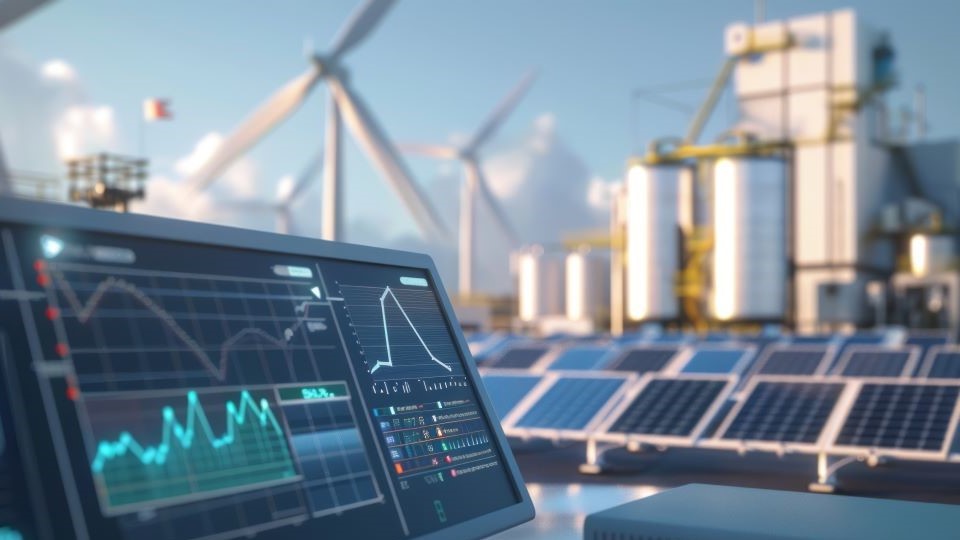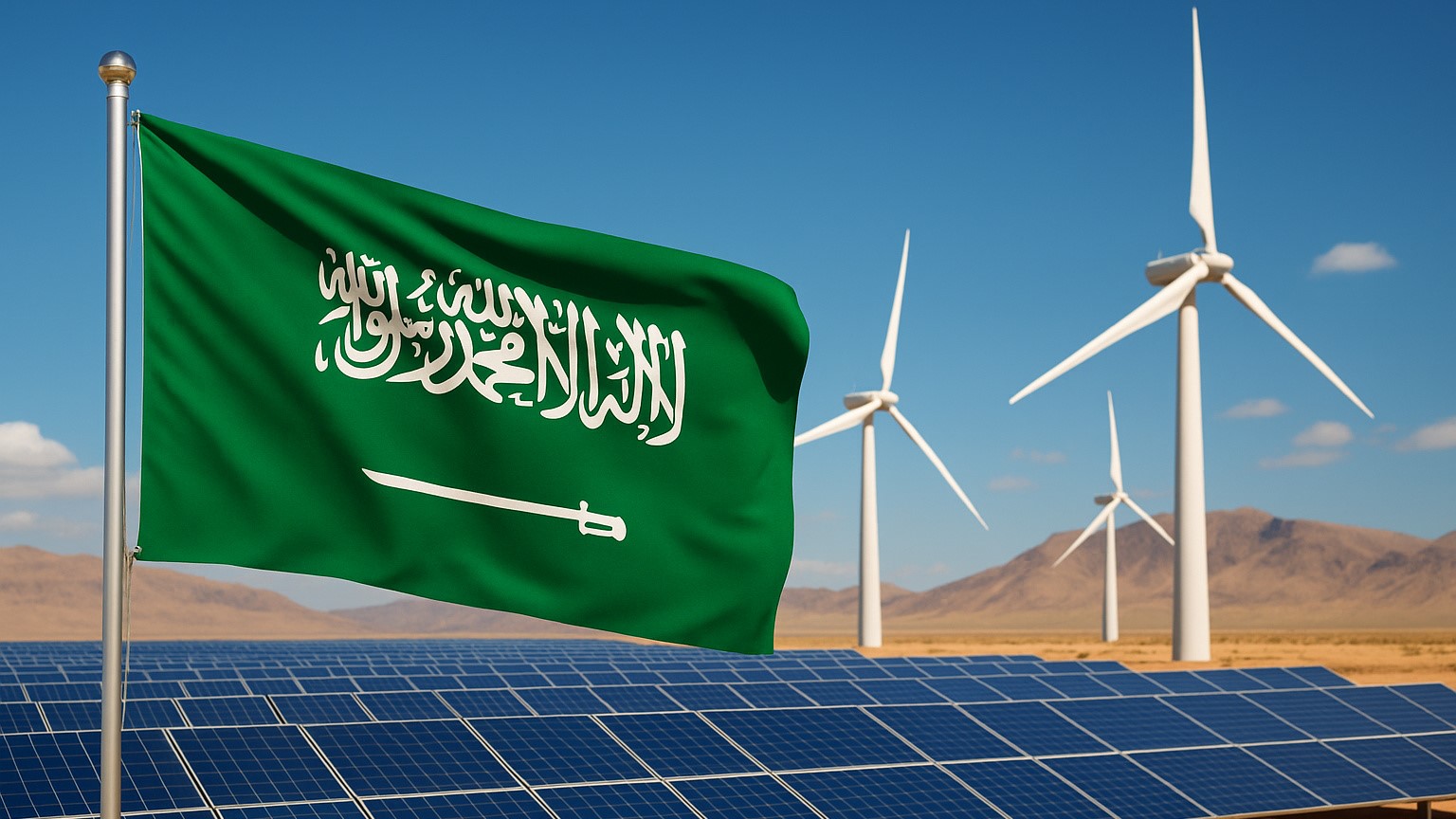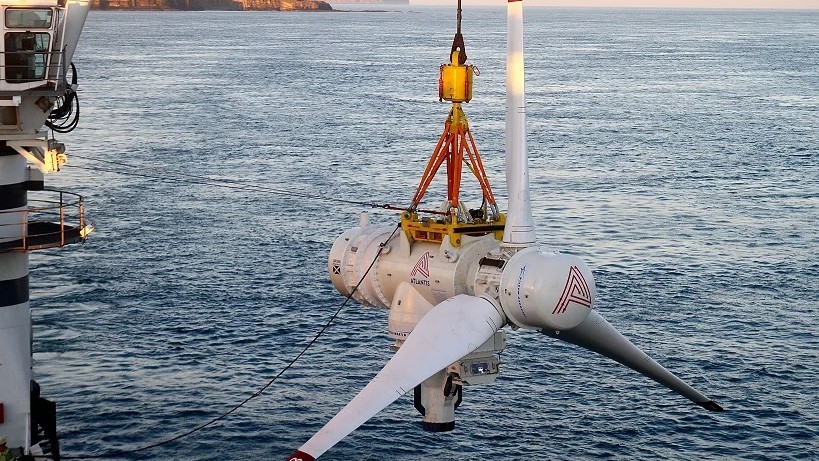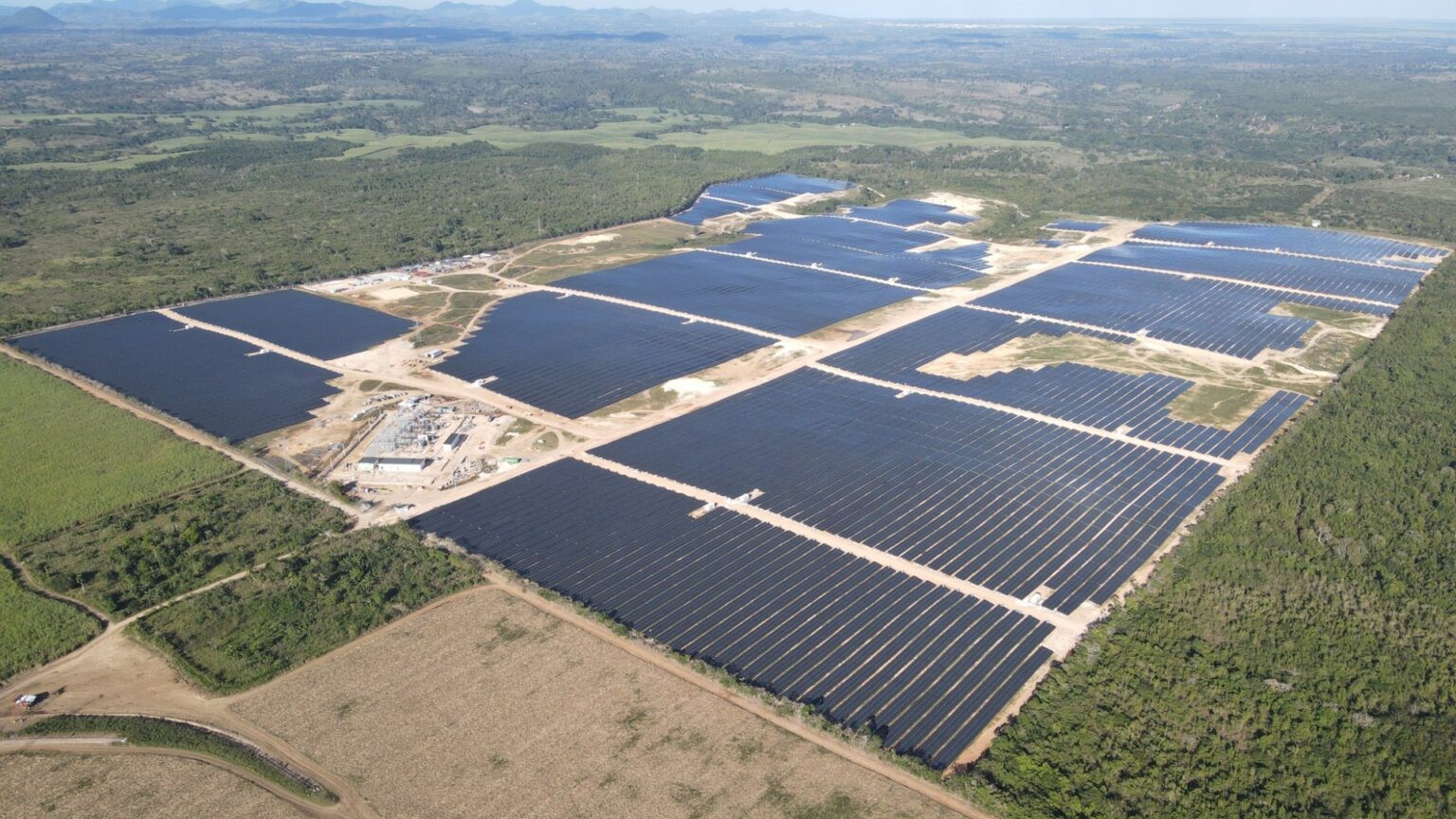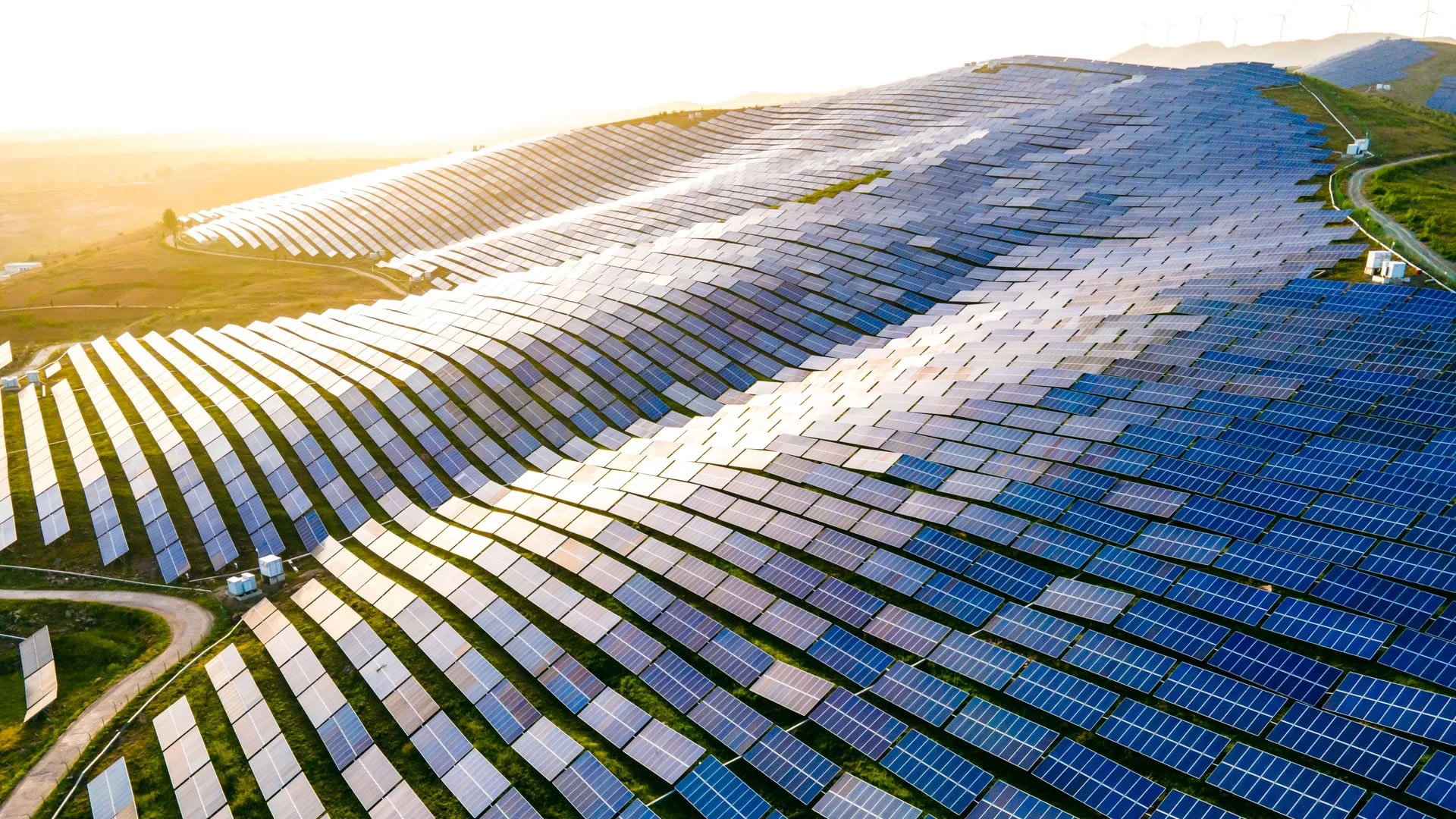The researchers from Johannesburg University in South Africa developed an econometric model to assess the effect that the transition to different renewable energy sources had on the economic growth of BRICS member states in 1990–2023. Different from the majority of the preceding studies, where all RES were combined in one category, in this work the scientists analyzed the impact of each energy source (hydropower, wind energy, solar energy, nuclear energy, etc.) separately. This allowed for more accurate definition of the contribution of each category of the generation into GDP and for identifying the difference between the member states.
The study is based on the World Bank data and on the project Our World in Data (Oxford). The economic growth was measured as annual increment of GDP per capita in percentage, and the generation volumes — by categories of energy in TW*hr. Such indicators as CAPEX share in GDP and the degree of openness in trade (the ratio between export/import to GDP) were also included into the model. The methodological base included panel non-linear autoregressive model with distributed lags (PNARDL) allowing for distinguishing between short-term and long-term effects and for identifying the mismatch between positive and negative “shocks” of the generation. The dynamic least square method (DOLS) and fully modified the least squares (FMOLS) were used to check the sustainability of the obtained results.
In Brazil, hydrogeneration provided for the highest short-term positive effect: its 1% growth resulted in 0.04% growth of GDP per capita. Nuclear power added 0.14%, and other RES including biomass — 0.62%. At the same time, wind generation provided for 0.34% decrease of growth, and the reduction of wind generation resulted in even more significant decrease (−1.01%).
In Russia, nuclear energy provided for the highest positive effect —1% growth in this generation resulted in 0.38% growth of GDP per capita. Wind generation and other RES did not show statistically important effect.
In India, the key short-term growth drivers were wind generation (+0.86%) and other RES including biomass (+0.35%). Hydropower demonstrated a minor negative effect (−0.04%), which may be associated with seasonal fluctuations and droughts.
In China, wind generation provided minor positive effect (+0.04%). The negative effect was demonstrated by hydro energy (−0.03%) and other RES (−0.13%). Nuclear energy did not show statistically important effect in the short-term perspective, however, within PNARDL model it demonstrated sustainable positive contribution.
In South Africa, the wind generation was the biggest incentive for growth: its 1% increase resulted in 1.54% growth of GDP per capita. Nuclear energy provided for additional 0.41% growth.
In the long-term perspective, nuclear energy (+0.08% GDP per capita growth per each 1% of generation growth) and wind generation (+0.09%) contributed the most into the economy growth of all BRICS member states. CAPEX remained the universal driver: their growth provided the incentive for the economic development, while as reduction in CAPEX slowed down the economic development. Hydro energy and other RES did not demonstrate statistically important positive effect in the long term.
Based on the results of the study, the scientists concluded that the strategy of transmission to the green energy should be more flexible and take into account the national specifics. For Brazil and India, it is feasible to develop the generation from biomass, for South Africa and India — wind generation, for Russia and South Africa it is feasible to continue building their nuclear energy potential, while as for China — to stake on wind and nuclear generation, limiting the hydro energy expansion in the same time. Fixed capital investment and upgrading of the energy infrastructure remain the common priorities for all the countries.


